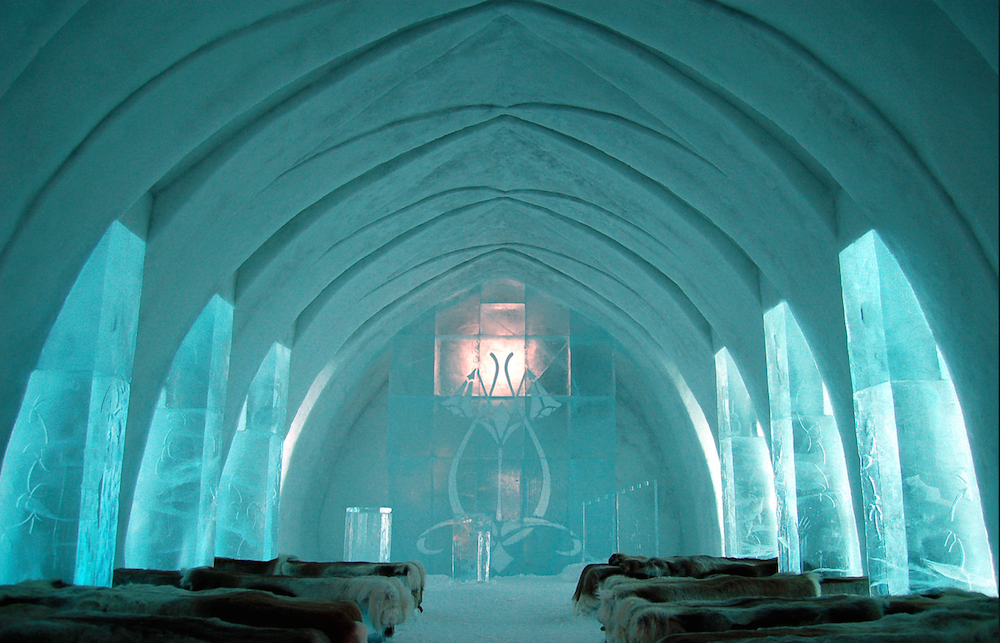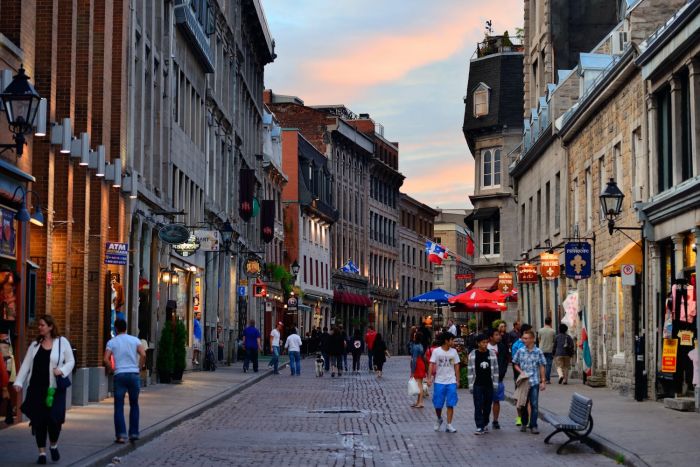
For as long as we’ve had civilization we’ve had hotels, though the earliest iterations of the hotel were a little different than they are today. In early biblical times, wandering travelers often took up lodging in the homes of local townsfolk. Though there were inns with several rooms (as evidenced in the Bible), most guest facilities were simply homes that “rented” out their stables to passersby. They might’ve provided a meal or two, but guests tended to only stay the night and continued on with their travels come morning.
Many early forms of the hotel were seen as brief respites from travel, as extended stays in locations outside of one’s hometown were rare and often only conducted for business. In early Greek civilizations, many villages offered travelers facilities with thermal baths so that they might rest their joints and muscles. Though they didn’t spend the night in these facilities, the baths offered a much needed respite from the road. In Rome, government and high-ranking officials were treated to stays in gorgeous mansions that offered baths, but also accommodations and food. Along early trade routes through the Middle East, large, stationed caravans cropped up that would provide travelers safe stays in simple tented facilities.
Around the year 1200, more permanent hotels were built. The earliest examples of these were the l' Auberge Cour Saint Georges in Ghent, Belgium and the Angel Inn in Lincolnshire, England. Others began to crop up at this time to serve travelers making holy pilgrimages throughout Europe and elsewhere. They were simple structures, but laid the groundwork for the model of hotel-as-business that would persist into later centuries.
The hotel industry as we know it today really got its start at the beginning of the 15th century when French law required that hotel managers keep a register. English law quickly followed suit, and more than 500 inns began to crop up in the two countries. Hotels became larger and often included a courtyard, which the bedrooms faced, as well as a kitchen and stables in the back for horses. Hotels began to advertise their services with signage, and in the 16th century, the first guidebooks began to appear detailing the “Best of's” in regards to hotel cleanliness and cuisine.
But it was during the Industrial Revolution when the true transformation of the hotel industry began. With the invention of the steam engine, travel became more accessible and so all major cities (from New York to Copenhagen to Bombay to Tokyo) erected hotels for guests. Some of the most interesting transformations occurred in Cairo, where ancient harems were transformed into guest houses and in Venice, where dilapidated palaces were renovated into modern lodging. Around this time, the Tremont Hotel in Boston became the first with an “a la carte menu” and inside toilets, and the Holt House in New York City became the first hotel to offer a lift for luggage. A bevy of other innovations developed during this time (private bathrooms, larger suites, locks on doors) and offered hints at the modernization still to come in hotel design.
The first truly modern hotel was the Le Grand Hôtel Paris, which opened in Paris in 1862. The hotel was a stunning monolith, designed to highlight the success, beauty, and grandeur of France’s Second Empire. The high arches of the hotel’s exterior were inspired by the nearby Opera House and the hotel included dozens of tracks of indoor lighting, which were powered by 4,000 gas jets. By 1890, the hotel was completely lit by electricity (a major development of the time.) Other famous hotels of this period included the Sagamore Hotel on Lake George in New York, the Palmer House Hotel in Chicago, the Palais de Würtemberg in Vienna, and l'Hôtel Hermitage In Monte Carlo. In the twentieth century, capital cities around the world began to mimic the grandeur stylings of Paris, Vienna, New York, and Chicago, and soon, there were high-class luxury hotels all over the globe.
In the 21st century, hotel innovation continues to grow. We’ve seen the building of ice hotels, and underwater hotels, and an expansion of high-quality hotel lodgings. The ease of bookings has also made for a hotel boom of sorts, thanks in large part to technology. Online booking sites allow anyone to curate a unique and special travel experience based on taste, location, and more. It’s never been easier to access hotels, and the options are truly endless. Check out Luxe Escapes to book an awesome luxury hotel today!














